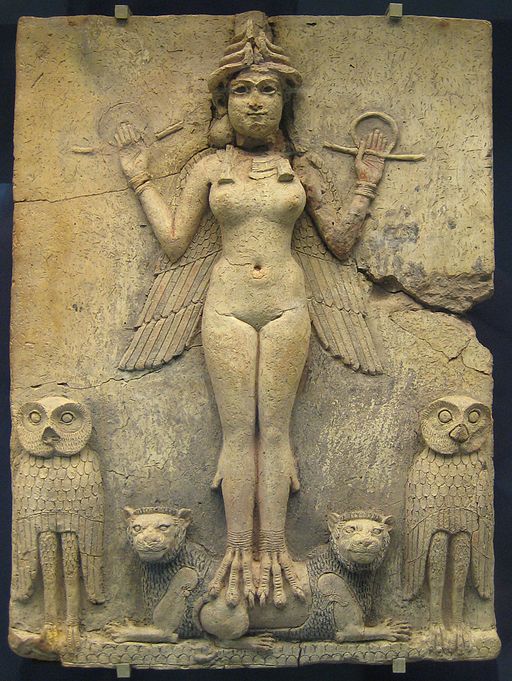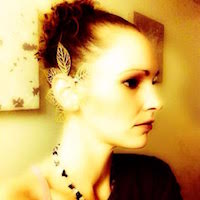Eggs have always been a special part of contemporary Easter celebrations and observances.
They are symbols of birth, rebirth and renewal. Life inexplicably bursts forth from this plain, inanimate object whose exterior prevents you from knowing what is contained within.
In this respect, they seem a likely symbol for the resurrection of Jesus.
The egg was symbolic long before Christianity adopted it for this purpose.
The Pagan celebration of Ostara, or Eostar, has long used the egg as a symbol of fertility and life—more specifically, it represents beginnings, recoveries and rebirths. Ostara is a Pagan spring celebration honoring the great mother earth, which is striving to produce new growth. It is a time for planting seeds and nurturing their growth with the season.
Just like the egg hatches, the seed will crack open and new life will burst forth to grace the earth and bear fruit.
Another facet of the historical roots of Easter—while not quite as popular as the Pagan versus Christian debate—would be the possible connection with Babylonian goddess Ishtar, whose name does bear a remarkably similar sound to Easter.
I love to explore my world. I research with a detached perspective, always with the intent of weaving together the good while weeding out the bad—my ultimate goal is always to connect the dots. It’s so much better to find our commonalities between our differing, views, experiences, histories, beliefs, opinions, cultures or lifestyles than to focus on the differences. We manifest that which we focus upon and think about—by placing a focus on our differences, we will always manifest more differences.
If we were to place more of a focus on finding our similarities and embracing them as such instead of arguing over whom or what came first or who is “right,” we would find ourselves in a much different world. We don’t have to discredit one or several groups when we could instead appreciate our deeply- rooted connections that seem to transcend cultures and time.
Easter may or may not have originally been a Pagan celebration—let alone a celebration honoring the goddess Ishtar—but the holiday as we know it seems to be very closely related to the goddess Ishtar in many respects, so it’s certainly a subject worth exploring.
Ishtar is the Assyrian and Babylonian goddess of fertility, love, sex and war.
Fertility is definitely a part of the egg and also ties into the Pagan spring celebration of Ostara, which focuses on fertility, as well as nurturing, which would also connect with the love aspect of Ishtar, which of course also ties in with sex.
The egg is also a metaphor for sex—intercourse leads to fertilization of an egg within the womb of a woman and an egg is then nurtured by the woman’s body to produce life, which brings many opportunities for this new life to bring fruits of love to the earth.
They are all connected.
Again, I see ties with the Pagan Ostara celebration revolving around spring, the egg and the seed, and even that of the resurrection of Jesus, who after being put to death rose once again, just as one season ends to make way for another.
The goddess Ishtar is an important deity in Mesopotamian religion, which was in existence from c.3500 AD, until its gradual decline between the first and fifth centuries in the face of the blooming Catholic religion.
She is also associated with fertility, child conception, child bearing and parenting, healing in love and relationships and the prevention and resolution of war and disagreement.
She is a multi-faceted deity having absorbed many lesser goddesses and she provides dualistic help in many matters—especially those related to the feminine. Here see ties of fertility, love and nurturing; whether or not this all has to do with eggs specifically, in my mind the egg is a feminine symbol of power and fertility which is embodied by Ishtar.
Ishtar is closely associated with the planet Venus, and is believed to be its embodiment and personification. This does seem plausible, considering Venus rules over love, beauty, romance, and harmony in our emotional attachments, marriages, and other partnerships such as business and friendship.
We often discount any association between Ishtar and the egg because she is a feminine deity of great power; however I see the egg as a symbol of power as opposed to one of just frailty, and since Ishtar reins over power, love and fertility, I find that I can easily see the egg as being symbolic of Ishtar.
Although the eggs outer shell can be broken with brute force, there are also circumstances in which the egg can withstand great weight; if you place several eggs in a standing position, they can bear the weight of many books.
Since life cannot exist without the egg, it is a major symbol of power in my mind: the shell prevents us from seeing the inside, where the powerful secrets of life are hidden. This is probably why the egg has garnered so much attention throughout the ages.
Whether we are honoring the resurrection of Jesus, the Pagan Ostara, or the goddess Ishtar, we would do well to honor our connectedness as opposed to squabbling over who claimed the egg first, or which came first, the chicken or the egg.
Enjoy your Easter weekend, regardless of what and how you are celebrating and spread love—it’s contagious this time of year.
Author: Amanda Dobby
Editor: Renée Picard
Image: Wiki Commons











Read 1 comment and reply